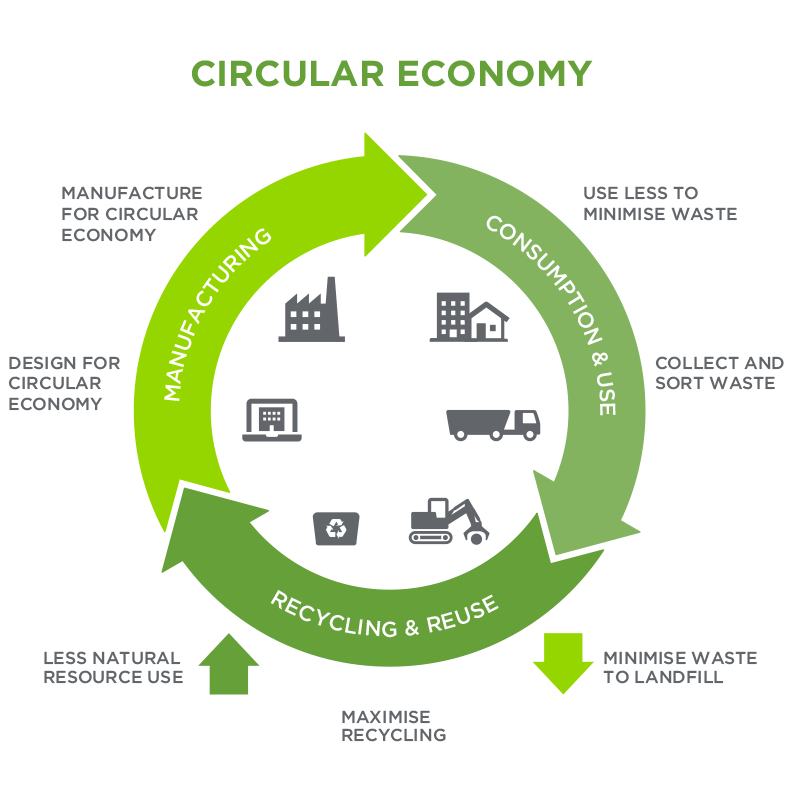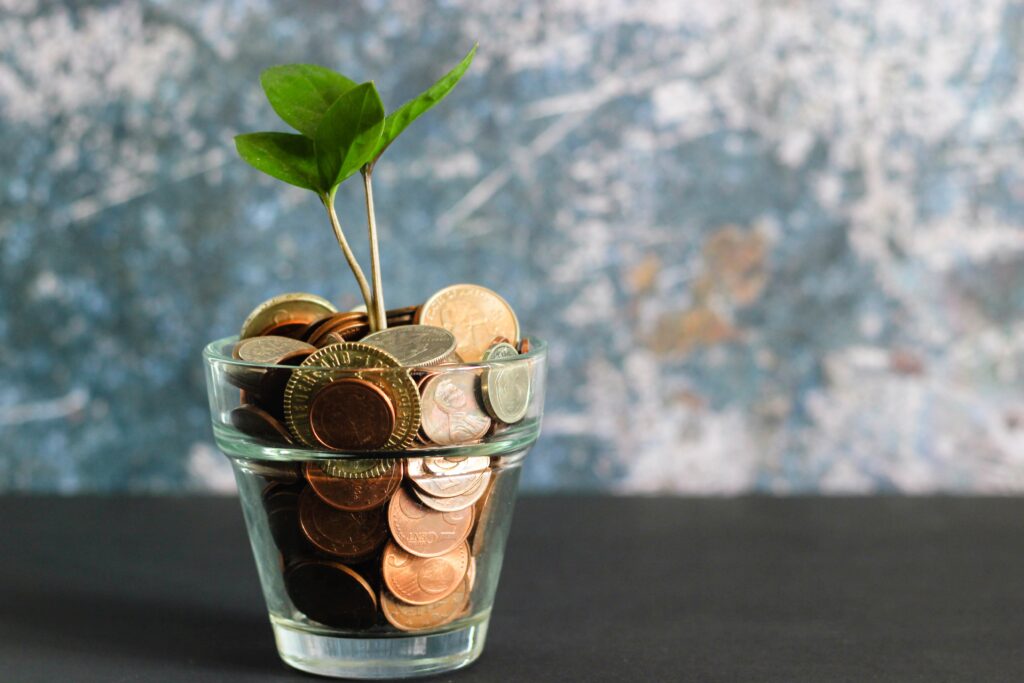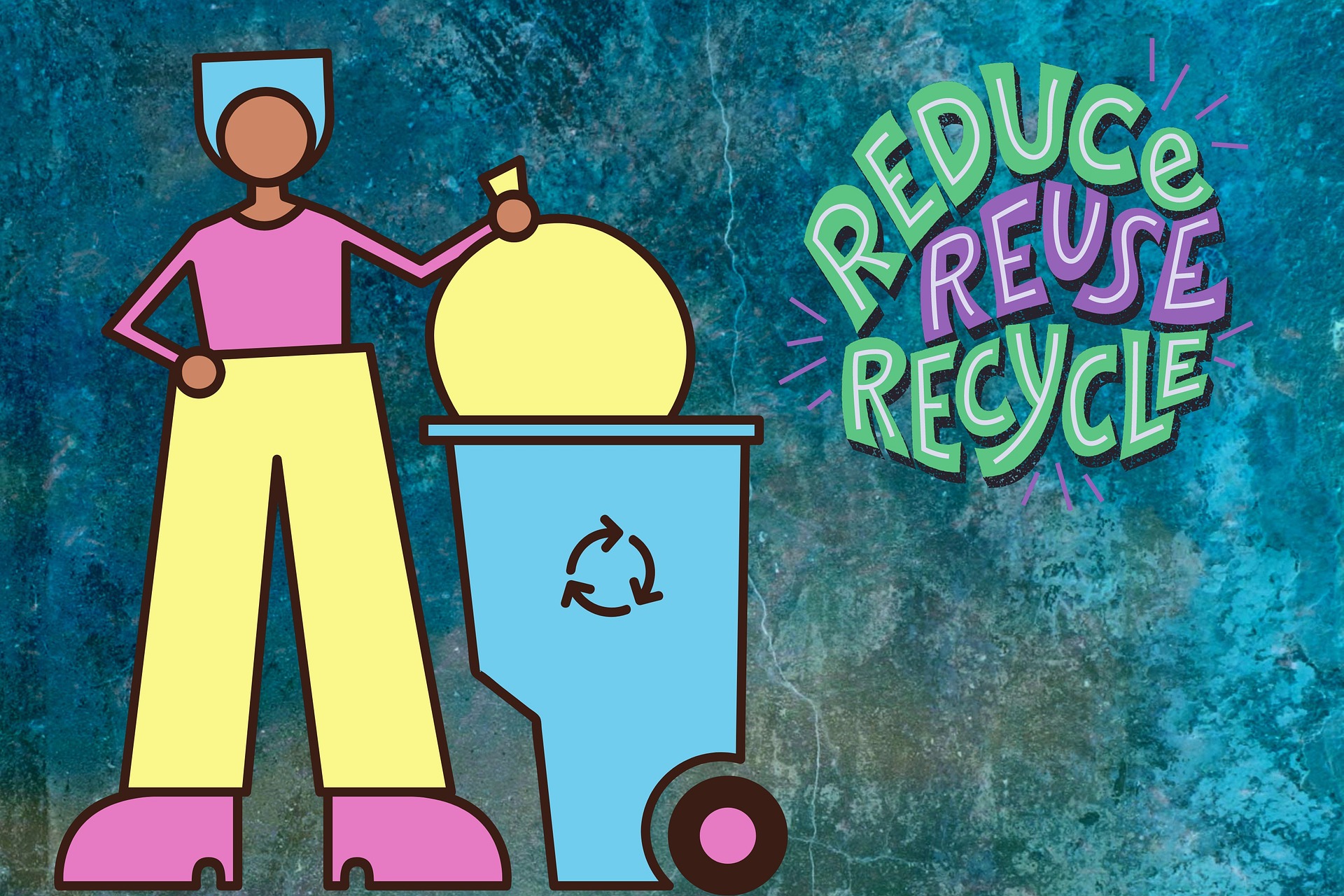In today’s world, where our natural resources are being increasingly exploited, inevitably leading to their depletion, and environmental pollution is on the rise, we need to change our approach to the economy. The answer is the increasingly popular model of the circular economy.
What is a circular economy?
The circular economy is an approach in which products are designed and used in a sustainable manner, thus minimizing waste and using resources more efficiently. Unlike the traditional linear model of the economy, where raw materials are extracted, processed into products, and then discarded after use, the circular economy aims to close the material cycle to minimize waste and use resources more efficiently.
Why is it so important for the life cycle of objects, materials, or products to remain closed?
The most obvious reason is to minimize the amount of waste. We should start by using our resources more efficiently and then subjecting them to appropriate recycling. This reduces greenhouse gas emissions and limits the amount of waste that ends up in landfills or pollutes the air and water. According to the World Health Organization, approximately 2.01 billion tons of waste are produced worldwide each year. The number is huge, and what is most alarming is that it continues to grow. It is estimated that by 2050, the amount of waste could increase by as much as 70%.
Acting according to the circular economy allows for an increase in the efficiency of resource utilization. This reduces the costs associated with the purchase of raw materials and waste, as well as the costs of their storage and transportation.
Equally important, the circular economy promotes the development of innovative technologies and products. Promoting repair and reuse of products after use, as well as designing products with recycling in mind, requires the use of modern solutions and technological processes. Thanks to this, the circular economy contributes to increased competitiveness and employment.

The main principles of action consistent with the circular economy
- Minimizing waste and using resources more efficiently: Designing products with reuse in mind, as well as promoting repair and reuse of products after use.
2. Introduction of sustainable development principles: In the circular economy, sustainable development principles are key. This means that resources and materials are used in a way that does not exceed the natural ability of ecosystems to regenerate and also minimizes negative impact on the environment.
3. Encouraging cooperation between stakeholders: In the circular economy, cooperation between various stakeholders such as producers, suppliers, customers, service technicians, and recycling companies is important. This cooperation allows for the creation of a closed cycle in which products are reused, and waste is minimized.
How does subscription fit into the principles of the circular economy?
The prevailing consumerism results in the market being flooded with billions of products, whose lifecycle manufacturers are unable to control. The shift in thinking that will lead us to limit the number of items we purchase is revolutionary and not everyone is on board with it.
Subscription is a compromise between our desire to have and to be (having the ability to use devices or items that may not be essential to us, but significantly affect our comfort of life, while not adding another brick to the destruction of the environment).
Instead of buying products that will be discarded after use, a subscription allows access to them for a certain period of time, after which they are returned to the manufacturer or the subscription company. This gives them the opportunity for regular servicing and refurbishing of devices, significantly extending their lifespan and enabling them to be reused by multiple subsequent customers.
In the traditional linear economy model, producers must acquire new resources to produce new products. Subscription, on the other hand, favors more efficient resource utilization. It is precisely because they can be reintroduced to the market, rather than acquiring new resources for the production of new ones.

What small steps can we take to bring our company one step closer to operating in line with the circular economy?
Transforming your business in accordance with the principles of the circular economy is a long process that requires systematic work and significant changes. However, there are actions that we can start taking right away.
- Implementation of item subscriptions that we produce or distribute. WeSub offers free tools that enable the addition of a subscription as a payment method to the standard purchase offer.
2. Appropriate emphasis on the service of offered devices, offering additional insurance, regular servicing, and ensuring high-quality spare parts can significantly extend the product’s lifecycle, so let’s encourage customers to use our additional services.
3. Introduce items with a longer lifespan, good quality raw materials from which the item is made, along with the ability to exchange individual parts, will allow for maximum use of the device before its disposal.
4. Minimizing waste by reducing the amount of paper used, using e-invoices, or ceasing to use disposable products are the smallest steps we can take. Let’s also make sure to use eco-friendly packaging for shipments.
We don’t have to take all these steps at once, but it’s worth taking care of the business awareness that the need to change our linear economy to a circular one is real and requires attention here and now. The sooner we join this revolution, the more time we will have to adapt properly.






